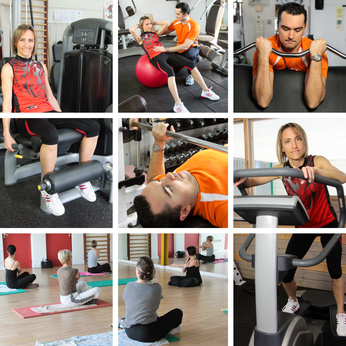 When rice and meat come to mind, you’re probably thinking about food.
When rice and meat come to mind, you’re probably thinking about food.
However, in the world of physical therapy, RICE (rest, ice, compression, and elevation) has long been the go-to method for treating sports injuries. But recent reports suggest that solely relying on ice and complete rest might actually delay recovery. Complete rest can cause the muscles around the injury to tighten, increasing the risk of further injury when activity is resumed. While ice can help in the short term right after the injury, it could hinder the healing process over time.
So, what should you do instead of RICE? The answer is MEAT.
MEAT stands for “movement, exercise, analgesics, and treatment”.
The idea is straightforward: to recover from an injury as quickly as possible, keep moving the affected joint as much as possible throughout the recovery period. Listen to your body, stay within the limits of pain, and let your body guide what it can and cannot handle. Inflammation following an injury is a natural part of the body’s healing process, as the increased blood flow to the area helps repair damaged tissue. Continued ice application to an injury after the first few hours could hinder this natural healing process.
MEAT is Good for the Body
 M for Movement
M for Movement
Maintaining the range of motion in the injured joint is an important aspect of recovery. Your physical therapist will provide you with specific guidelines for exercising. As a general rule, the more you move, the quicker you will heal. Pay attention to your body, as pain indicates that something may be wrong. Your therapist will help you maintain mobility in the joints surrounding the injury which can help reduce scar tissue formation and shorten recovery time.
As the pain reduces, you will be encouraged to gradually increase the duration and intensity of your exercises under the supervision of a physical therapist. A progressive exercise routine will help you build strength, improve balance, and aid in your recovery. The main goal during this stage is to support healing while preventing re-injury.
‘Analgesic’ is a medical term for pain-relieving medication. It is best to consult with your physician to determine the most appropriate medications. Your doctor may recommend that you start with over-the-counter medication. If it is not effective, your doctor may prescribe prescription medications including steroids.
 We believe that human potential is limitless. As specialists in the functioning of the human body, we have earned a reputation as ‘recovery specialists’ because we help heal bones, muscles, and joints.
We believe that human potential is limitless. As specialists in the functioning of the human body, we have earned a reputation as ‘recovery specialists’ because we help heal bones, muscles, and joints.
Injury recovery is just one aspect of what we can do for you. Physical therapists can help athletes reach their peak performance, assist seniors in leading healthy lifestyles, and help everyone live life with energy and vitality.
How can we help you? The answer might surprise you. Perhaps we can help relieve aches and pains, or maybe we can help you become stronger and more flexible. Remember – whether you have an injury or not, we are always here to help you. It’s what we love doing, and we have dedicated our lives to improving the health of our patients and our community. So, schedule an appointment today to see what we can do for you.